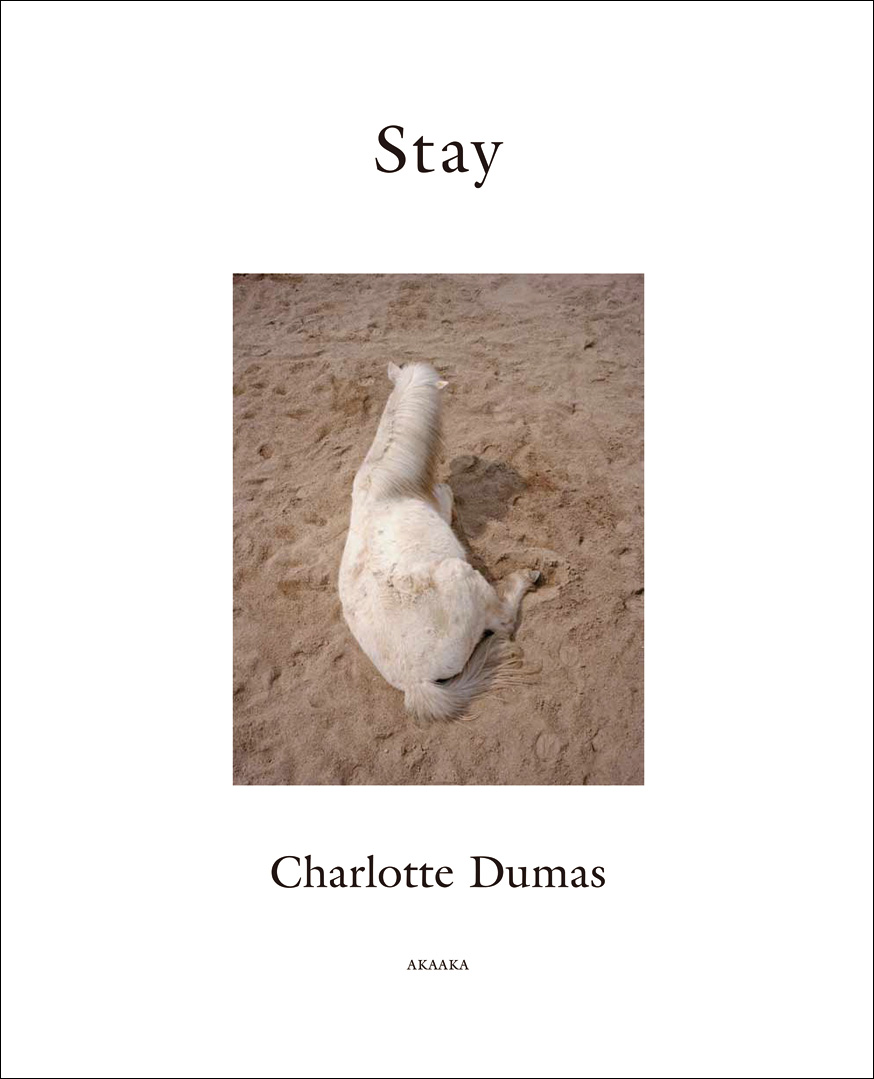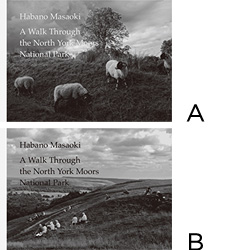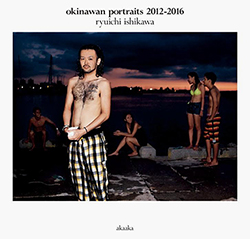
|
シャルロット・デュマ『Stay』
Planned:Gallery 916
Size:H274mm × W240 mmPage:119 pages Binding:Softcover
ISBN:978-4-86541-054-9
Published in October 2016. |
¥ 3,300+tax
国内送料無料! |
|---|
About Book
シャルロット・デュマが写し出す、美しき"日本の馬"の姿。
現代社会における動物と人間との関わりをテーマに作品を発表している、オランダの写真家シャルロット・デュマ。彼女が2012年にスタートした、日本全国に現存する"在来馬"を撮影するプロジェクトの集大成として、8ヶ所を巡って撮影した緻密なポートレイトを収載。
与那国、宮古、トカラ、木曽、対州、御崎、野間、道産子ーーそれぞれが秘める歴史、風土、人間との関係性。それぞれの精神。
「彼女のポートレイトは、見るものの心に焼き付けられる類のものだ。なぜなら彼女が馬を見るとき、馬たちもまた彼女を見つめているのだから。」
Stay
Charlotte Dumas
In November 2014 I started a project to portray the eight native horse breeds of Japan.
Some of them are in such low numbers their future existence is uncertain. Only one of the breeds, the Dosanko horse, native to Hokkaido in the north of Japan, is still thriving.
Most of the horse breeds are confined to small islands and have never been able to migrate. In some cases they are of importance as the symbol of their location as is the case on Yonaguni Island where the Yonaguni horse is depicted together with the world largest moth (also native to Yonaguni) and the marlin on the manhole covers of the island.
It is my intention to present individual portraits as well as a collective one unlocking something about the history of these animals in relation to the people that share their territory in each specific location. I am interested in the present role they are awarded in society and their value to those who surround them, be it symbolic or practical.
The eight native breeds:
Yonaguni pony, Yonaguni Island Okinawa prefecture;
Miyako pony, Miyakojima Okinawa prefecture; Dosanko pony, Nanae Hokkaido;
Kiso pony, Kisofukushima Nagano prefecture;
Tokara pony, Nakanoshiama island Kagoshima Prefecture;
Tsushima pony, Tsuhima island Nagasaki prefecture;
Misaki Pony, Kushima Miyazaki prefecture;
Noma Pony, Imabari Ehime prefecture.
Charlotte Dumas's approach is a way of being--present, focused, curious, open.
She uses large-format film, and working with such film and moving subjects takes exceptional mastery and impeccable instincts. Dumas improvises with timing and ever-changing light, those unknowns that travel itineraries and careful production schedules can never predict. She goes to the animals that she photographs where they are, in their territories and homes.
For the project chronicled in this book, Dumas traveled over the past two years across Japan from Yonaguni and Miyako islands to Nakanoshima in the south; to Nagano, Tsushima island, Cape Toi, and Ehime prefecture; and to Hokkaido, in the cold, far north. Each of the eight breeds of Japanese horse she found--the Yonaguni, Miyako, Tokara, Kiso, Taishu, Misaki, Noma, and Dosanko--has their own story, landscape, relationship with humans, and spirit. [...]
Dumas doesn't see horses as objects, nor use them as props to make nice pictures. She creates portraits that burn into the soul because when she is looking at the horses, they are looking back.
Stacey Clarkson James (Art Director of Harper's Magazine)
Artist Information
シャルロット・デュマ1977年生まれ。オランダ人写真家。2000年にヘリット・リートフェルト・アカデミーを卒業後、ライクス・アカデミーで視覚芸術を学ぶ。キャリアを通じて現代社会における人間と動物の関係性をテーマに扱い、これまでに警察馬や救助犬、動物園で飼育されている動物など、様々なシチュエーションの動物を被写体としたポートレイト作品を発表。欧米を中心に各地で個展開催やグループ展に参加する。現在アムステルダムとニューヨークを拠点に活動。
Charlotte Dumas
Born in 1977. Dutch photographer. After graduating from Gerrit Rietveld Academi, she studied the visual arts at Rijks Akademie. Throughout her career, she focuses on the relationship especially between human and animals in contemporary society and has exhibited portraits of animals situated in a variety such as police horse, rescue dog, and animals kept in zoo. She has been participated in a several group shows and held solo exhibition mainly in Europe and the United States. Currently based in both Netherland and New York.




